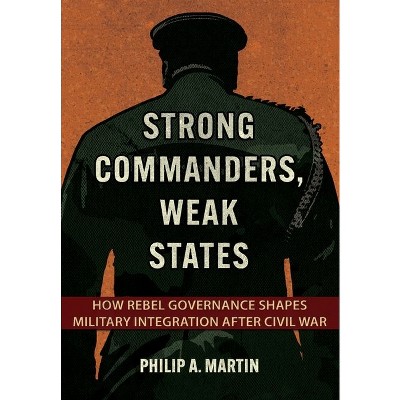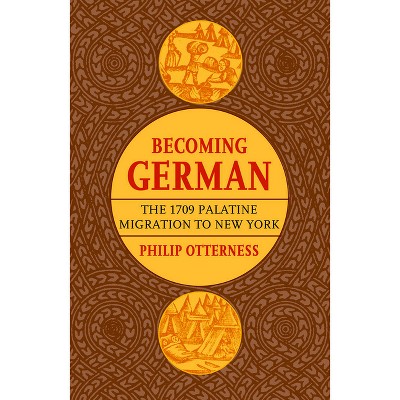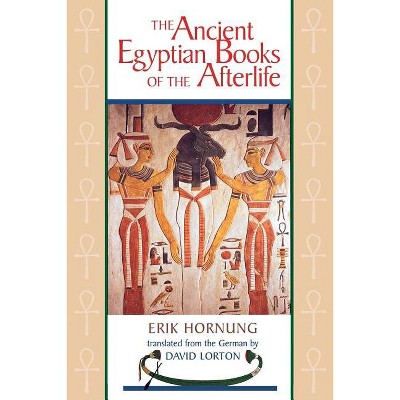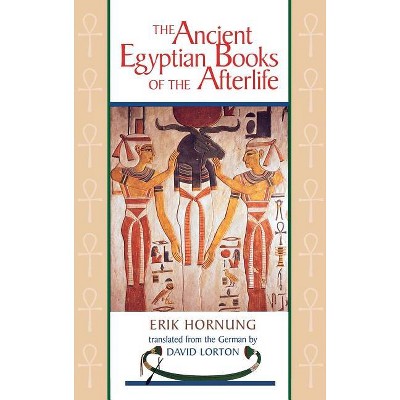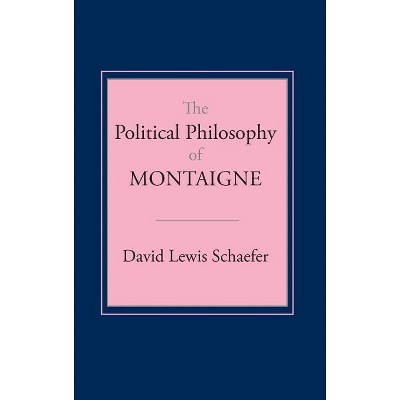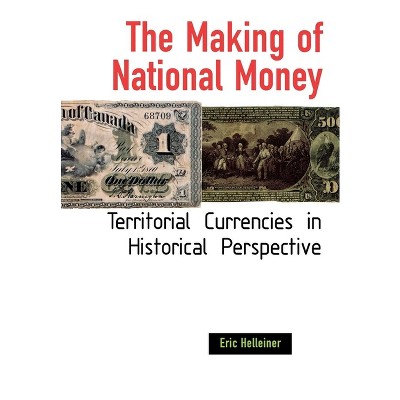Sponsored

Afterlife - by Philip C Almond (Hardcover)
In Stock
Sponsored
About this item
Highlights
- The end of life has never meant the extinction of hope.
- About the Author: Philip C. Almond is Emeritus Professor of Religion at the University of Queensland.
- 288 Pages
- Religion + Beliefs, Christianity
Description
About the Book
As Philip C. Almond reveals in his new and zestful history of the hereafter, whichever image or metaphor has been employed by visionaries, writers, philosophers, or theologians, it has tended to oscillate between two contrary poles: the resurrection of the body and the immortality of the soul.
Book Synopsis
The end of life has never meant the extinction of hope. People have always yearned for, and often been terrified by, continuance beyond the horizon of mortality. Over many centuries various imaginative and sometimes macabre ideas have been devised to explain what happens to human beings after death. As Philip C. Almond reveals in his new and zestful history of the hereafter, whichever image or metaphor has been employed by visionaries, writers, philosophers, or theologians, it has tended to oscillate between two contrary poles: the resurrection of the body and the immortality of the soul. This pendulum movement of ideas and language reflects the contending influence of the Hebrew Bible and of ancient Greek thought and the often tense encounters, skirmishes, and compromises between them.
Exploring this polarity, and boldly ranging across time and space, Almond takes his readers on a remarkable journey to worlds of both torment and delight. He travels to the banks of the Styx, where Charon the grizzled boatman ferries a departing spirit across the river only if a coin is first placed for payment on the tongue of its corpse. He transports us to the legendary Isles of the Blessed, walks the hallowed ground of the Elysian Fields, and plumbs the murky depths of Tartarus, primordial dungeon of the Titans. The pitiable souls of the damned are seen to clog the soot-filled caverns of Lucifer's domain even as the elect ascend to Paradise. Including medieval fears for the fate of those consumed by cannibals, early modern ideas about the Last Day, and modern scientific explorations of the domains of the dead, this first full treatment of the afterlife in Western thought evokes many rich imaginings of Heaven, Hell, Purgatory, and Limbo.
Review Quotes
This book is a history and geography--and occasionally a politics--of heaven, hell, and other options for the afterlife in Western thought and imagination. It meticulously charts a huge range of recorded beliefs... from ancient Greek and Hebrew origins through Christian history to the present.... What it achieves... is impressive, and will be fascinating for anyone interested in this aspect of Western history.
--Vernon White "Times Literary Supplement"About the Author
Philip C. Almond is Emeritus Professor of Religion at the University of Queensland. He is the author of many books, including The Devil: A New Biography, also from Cornell, The Lancashire Witches: A Chronicle of Sorcery and Death on Pendle Hill, and England's First Demonologist: Reginald Scot and 'The Discoverie of Witchcraft.'







